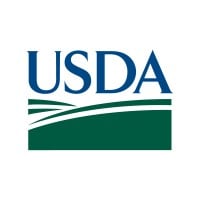
GSA
General Services Administration (GSA) is an independent agency of the United States government established in 1949 to help manage and support the basic functioning of federal agencies. Our organization includes the Public Buildings Service (PBS), Federal Acquisition Service (FAS), and a variety of Service and Staff Offices. Learn more about our organization at gsa.gov. Our Mission GSA's mission is to deliver value and savings in real estate, acquisition, technology, and other mission-support services across government. Our Vision Effective and efficient government for the American people. Our Values Service, Accountability, and Innovation ----------- You can also find us on these social media sites: Twitter: https://twitter.com/usgsa Facebook: https://www.facebook.com/GSA/ Instagram: https://www.instagram.com/usgsa/






